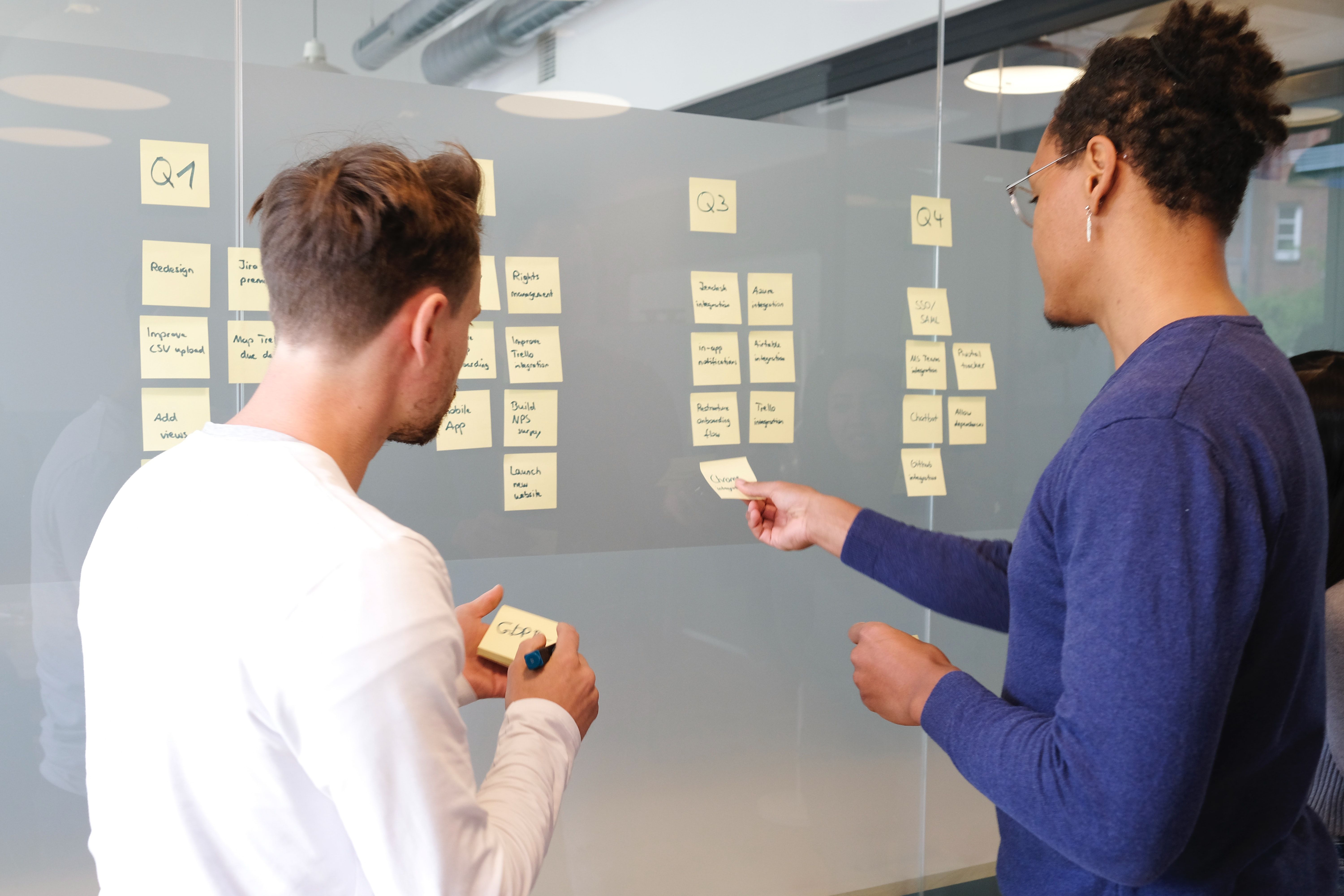· 3 min read
Strategies on becoming more productive
Placeholder


Batch tasks
This could be batching within a certain parts of year, month, week or day.
For example:
- All travel within November
- Working harder on Monday, Tuesday and Thursday. Relaxing a bit of Wednesday and Friday.
- All blogging tasks on Sunday.
- Major studying on Weekends.
- Day
- Important focused tasks during first half of the day without any distractions
- Meetings/Collaboration during second half of the day
- Stopping work at 6 PM
- Family/Relaxation/Recovery time post 6.
Plan and only do what’s essential
Planning is an essential activity that saves maximum time with least effort.
Ask yourself at every moment: “Is this essential?” / is this essential now?
Often when planning we ignore tasks that can give us long term ROI like learning/reading. Such tasks take huge time in the short term. Some set time within the day (like an hour) should be allocated.
Plans should be a mix of responsibility and rewards. Ask yourself: “If I could have the day I wanted. What would that day look like?”
Or you could also categorize the type of activities you want to do.
Pull Right and Mono Task
This comes from Kanban. Value is only delivered when a task in complete.
It’s not valuable to have many infinished tasks. Therefore, start the tasks that are closest to finish. Finish them first before picking up new ones.
If you are using a Agile/Kanban Board, start from the rightmost part of the board. This also fits really well with “Walking the board” method of Daily Standup where team starts with talking about the rightmost task and walks towards the left.
Mono Task. Do one thing at a time. You’ll save 50% more time.
A tip: Keep your phone outside the room. Your productivity will improve infinitely.
Keep a mental note/recalibration of every next hour
This would automatically focus you. Every hour. But maybe not every minute.
Return to the board/tracker often
Ideally return multiple times in the day. This works really well with previous tip.
The board/tracker should be upto date. Updating board during Daily Standup or other meeting is a “Moment of Glory”. 1 This means that board/tracker wasn’t in upto date state.
Aim to have no “Moments of Glory”.
Limit time/spike
Almost all tasks can be estimated to a few hours or a day. Even if someone estimates a task to a day, he/she will really actually work on it for a few hours. So aim to estimate to hours.
If a task isn’t estimatable, it needs to be broken down.
Once the task is estimated to hours, pomodoro or something similar can be used.
Focused hours/pomodoros
Pomodoros are most effective way to get tasks done.
Pomodoro incorporates both Mono-tasking and recalibration.
25 minutes of focus without distraction provides a mono-task environment. If anyone/anything interrupts, you could say you are on a Pomodoro and will connect back later.
The breaks in pomodoro have a effect of recalibration. Specially if you will go away from 5-10 minutes, you come up with better strategy.
Keep track of distractors/distractions
Learn to let things wait.
Keep a list of distractions in a separate list. These are things that make you want to stop/block your particular card/task and switch to it. Or it can be something else you need to do.
This could include:
- A person you want to follow up or help
- A task that needs to be done
- Something that needs to be ordered.
- Etc
Identify improvements and organize
Along with planning, identifying and improving on timewaster will give back more time. -> Time Assets.
Have a set of rituals that help your organizes. Some of these can include:
- Cleaning up your Agile/Board at end of the day
- Shutting down the computer (not hibernate) at 6 PM each day.
- Going through and deleting tasks bookmarks, files, notes, photos every Friday.
- Cleaning up the room every weekend.